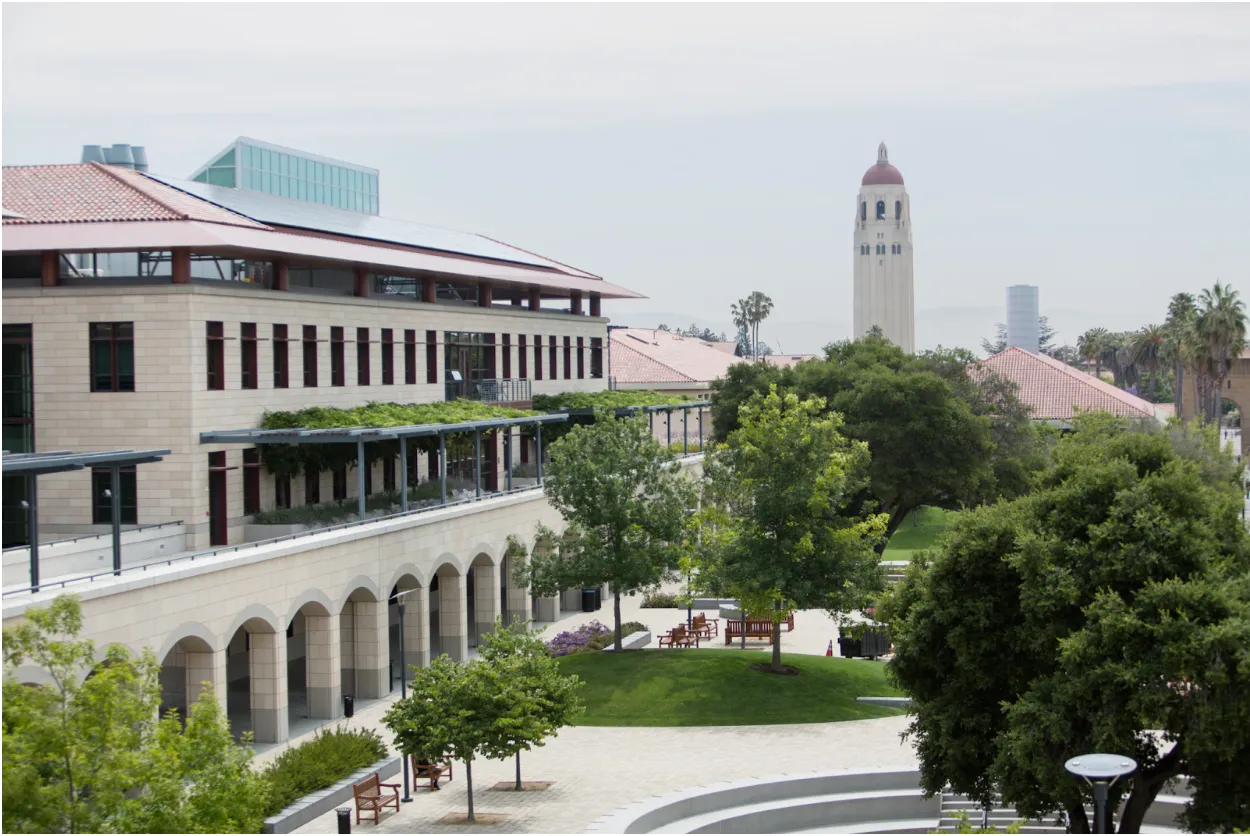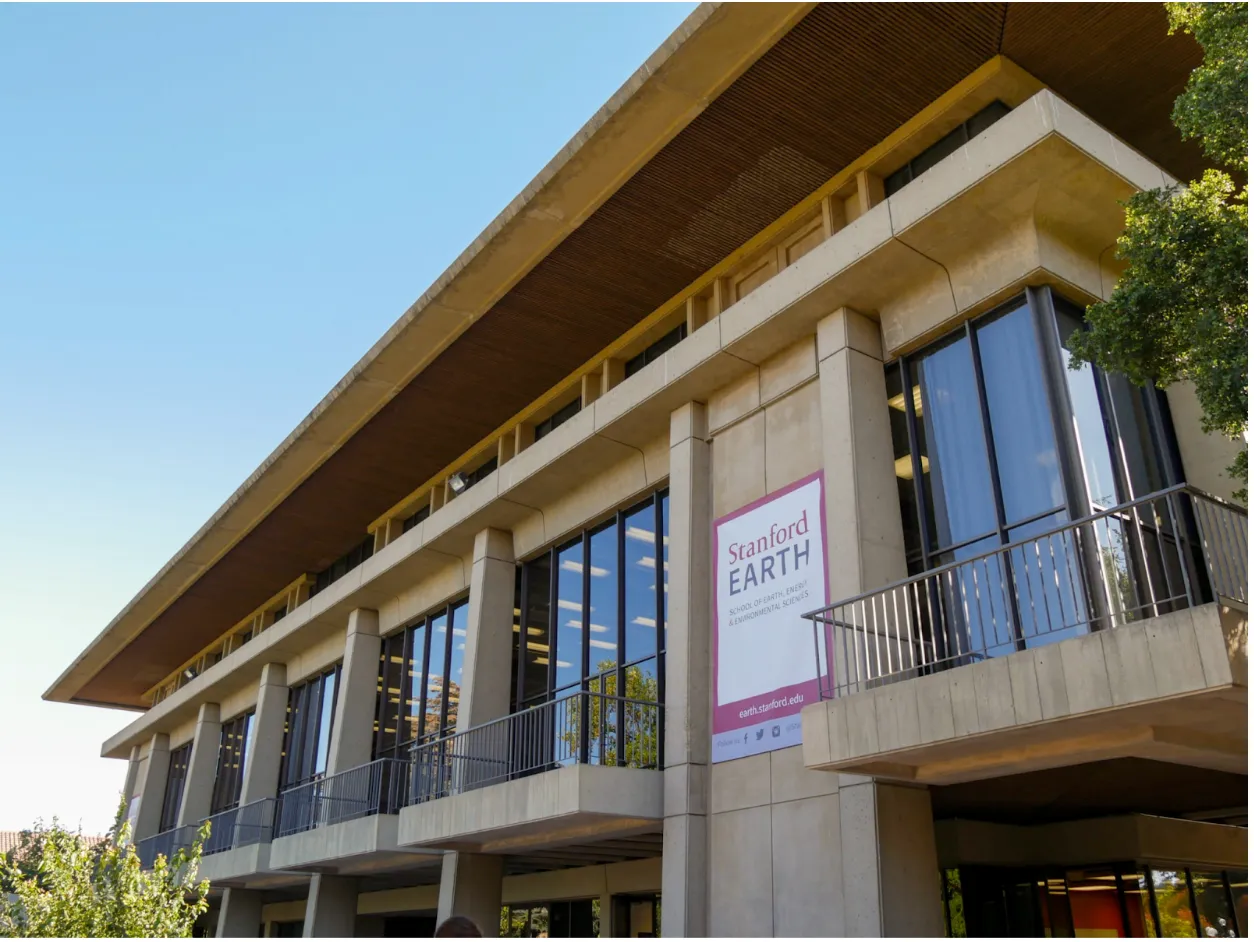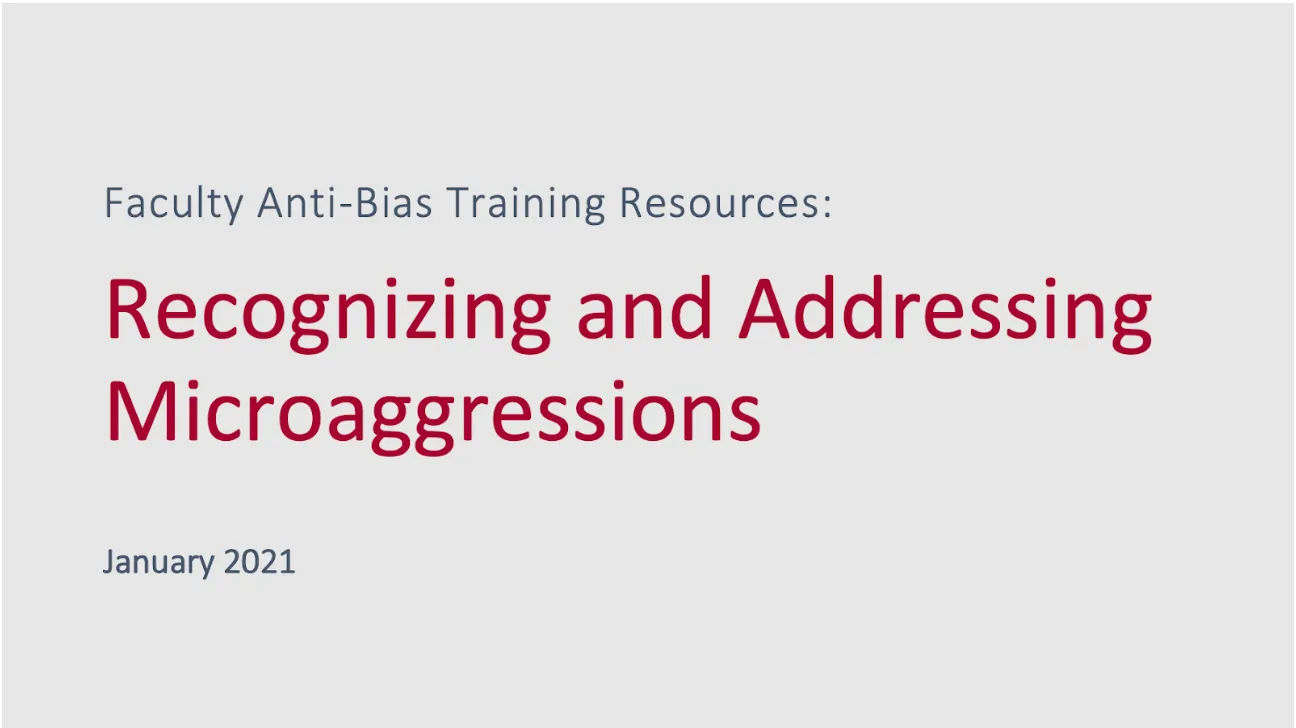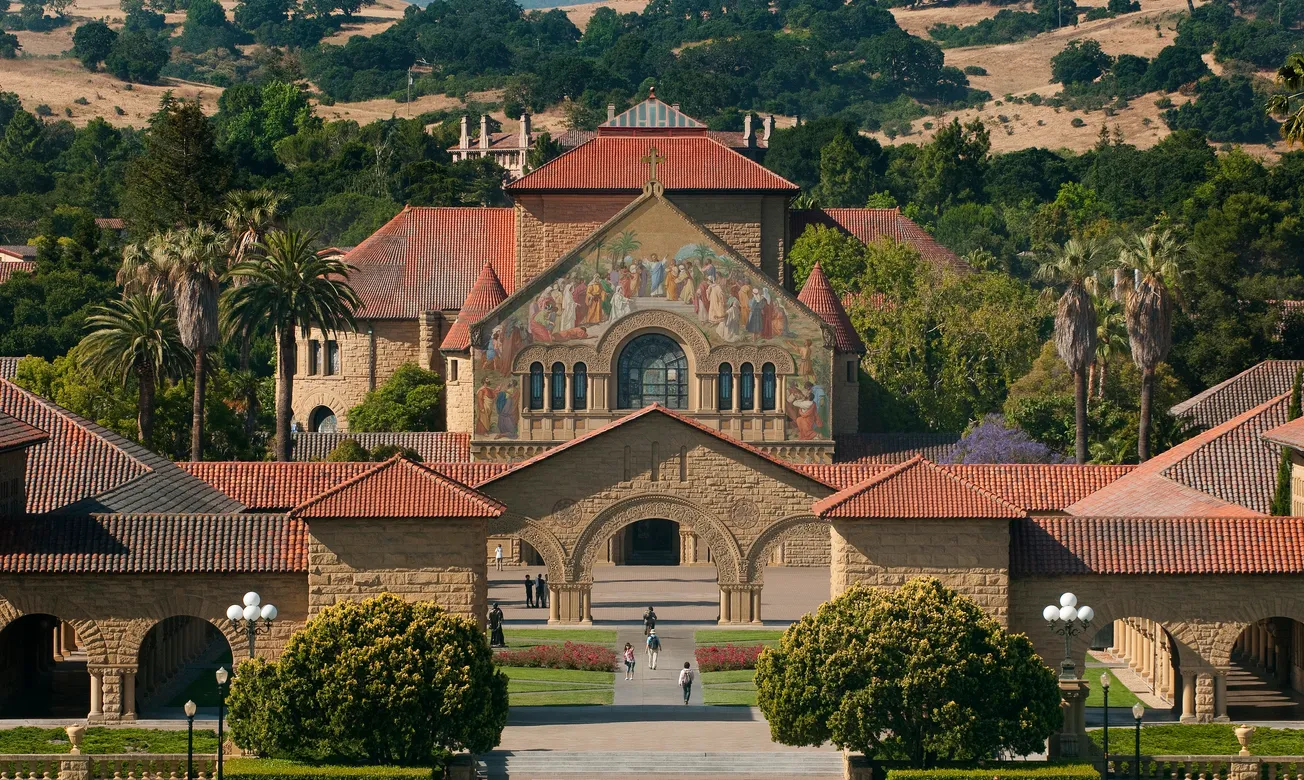Table of Contents
Some careers have it all… a job in the heart of Silicon Valley, laundry machines at work, a lucrative salary, and responsibilities that are vague at best. But if you can't get a job as a software engineer at a Big Tech company, consider joining the ranks of the diversity, equity, and inclusion (DEI) personnel at a well-endowed university. With a median salary of $147,000, DEI managers in Santa Clara County are — shockingly — doing better than software engineers (median $127,000, according to ZipRecruiter).
Stanford is home to one of the country’s leading engineering schools. And, like almost every other American engineering school, Stanford has a self-diagnosed diversity problem and a DEI program to confront that problem. Stanford Engineering’s website states that the goal of its DEI initiative is to “ensure a more just and equitable educational experience” and that it “strive[s] to create a nurturing, welcoming, and inclusive environment for individuals from a variety of backgrounds, perspectives and beliefs.”
To ‘solve’ the problem, the School of Engineering (SoE) has assembled a team of DEI bureaucrats who create inclusivity guides, host diversity town halls, and collect online resource libraries for each department, among other things. What’s most curious about the ballooning diversity bureaucracy is its nonexistent effect on… diversity. While the number of Stanford Engineering’s DEI staff has increased over the past decade, the percentage of underrepresented minorities (blacks and Latinos) at SoE has stagnated, at 6% and 16%, respectively.
But let’s be honest: diversity is a cover. The real goal of the DEI brigade is to politicize what should be one of the most concrete and objective disciplines: engineering. While the “diversity” programs at Stanford’s School of Engineering may not actually achieve stated diversity goals and progressive hopes, don’t think that they aren’t making progress in the real agenda of eroding meritocracy.
Let’s take a look at some of the cosmetic DEI initiatives. Besides writing dramatically long BLM declarations and scribbling land acknowledgments for the Ohlone Indians, the main use of time for SoE’s DEI personnel seems to be concocting 30-page DEI reports on each department. Take, for example, the 2021 mechanical engineering departmental DEI report, which contains the word harm 18 times, black 23 times, and racism 11 times — but doesn’t mention tutors or educational assistance (the most common-sense methods of increasing diversity).
DEI creeps into classrooms and labs, too, as illustrated by the civil and environmental engineering (CEE) department’s “Ten simple rules for building an antiracist lab.” According to the guide, it isn't enough for instructors to regularly “lead informed discussions about antiracism;” racism should also make it into field safety guidelines. After all, what is a microaggression, if not a chemical leak of hatred?
Another document, from CS Professor Cynthia Lee, entitled “What can I do today to create a more inclusive community in CS?” contains fantastic advice for achieving a sanitized, censored, and politically correct classroom. It asks instructors to remove references to “very masculine or heavily CS-stereotyped movie posters” and self-censor “anecdotes about [...] childhood or daily life that may cause students to feel excluded for economic reasons.” They should also avoid “heteronormative” examples like “bijective functions between sets [of] ‘boys’ and ‘girls.’”
While classroom instruction can always be improved, neither of these documents are likely to help. Instead, they help assure student activists that their professors are just as woke as they are, devoting assiduous attention to superficial issues like the racial makeup of stock photos. But, many people truly feel good about building a sticky web of political correctness rather than dealing with reality. That is wokeness exemplified — a pat on the back for maintaining the livery of progressive idealism while doing nothing to advance actual diversity.
As for the diversity-themed coursework… To say that these courses aren’t rigorous would be a serious understatement. Classes like CEE 130R: Racial Equity in Energy and ME 180: Designing Black Experiences are the flagship options for woke engineering. There’s also ENGR 117: Expanding Engineering Limits: Culture, Diversity, and Equity, which investigates how “culture and diversity shape who becomes an engineer.” The course description asks students to consider how a list of 6 different “intersectional aspects of identity” influence diversity in engineering.
All of this is great PR, but remember: the School of Engineering, according to Stanford’s own data, hasn't got any more diverse! It turns out they also overstate the extent of the diversity problem. While blacks and Latinos are underrepresented in certain majors (such as computer science), both are almost proportionally represented in all of undergrad engineering. Since the 2012-2013 school year, black enrollment has increased from 5% to 6%. Meanwhile, Latino enrollment has remained the same.
Stanford doesn’t release demographic information on specific majors, but in 2020 the Stanford Daily published a report on the demographic trends of CS, the largest engineering major. From 2015 to 2020, the percentage of women, blacks, and Latinos majoring in CS at Stanford stayed relatively stagnant.
Are minorities underrepresented at Stanford Engineering? In some cases, yes. But, if we really want to create a more diverse school, we should focus on the core issue: educational assistance for those coming in at a lower starting point. The fact that Stanford decides to hire a clown car of diversity bureaucrats, instead of expanding the budget for tutoring students who need extra help, tells us all we need to know: none of this is about diversity or achievement, it’s a jobs program for wokesters who failed the technical interview at Google or couldn’t get a job in sociology.
It’s time to dump these initiatives once and for all, and Stanford Engineering is the perfect place to start.
______________________________________________________________________________
If you want to support the Review, you can subscribe to our free mailing list or make a donation.









